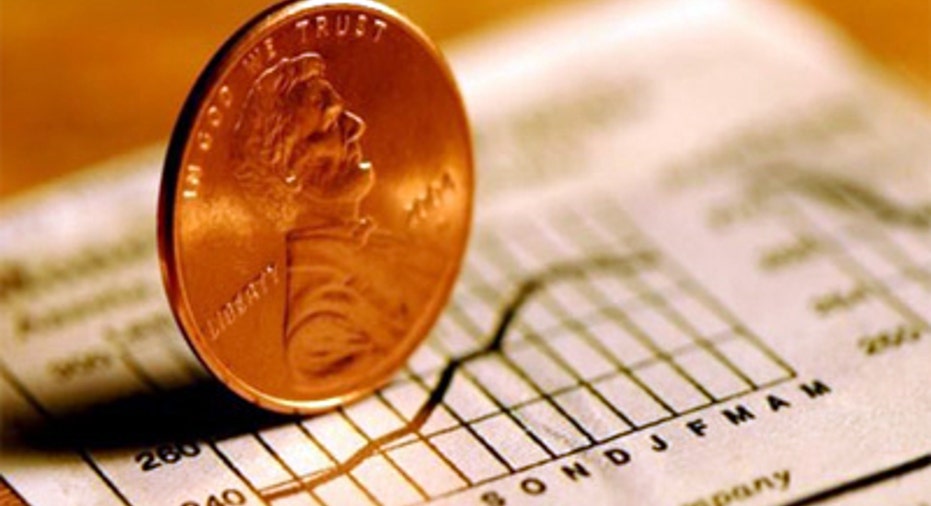Is it Time to Abolish the Penny?

Do you have a jar full of pennies taking up space on your dresser? That's the usual home for the pennies that most Americans receive in change. Eventually, they get taken to a Coinstar machine to be redeemed or wind up breaking the dresser under their massive weight.
Virtually nobody carries pennies around in their pocket for payments, unless they have just received some in change from a previous purchase. Oftentimes, we throw them in a penny jar at the counter, valuing not carrying them over owning them. In addition, it costs taxpayers more than a penny to mint one!
Is it finally time to say goodbye to the penny? Polls have varied throughout the years but generally fall in favor of keeping the one-cent coin. If you have never given the continued existence of the penny any thought, here are some of the considerations in whether to keep or get rid of it.
Prices and Use in Commerce – It's true that pennies are rarely offered as payment anymore, and they play no role at all in the increasing number of credit or electronic payment methods. However, eliminating pennies would result in a "round-up" in cash transactions to the nearest nickel after taxes — in essence, creating a small penalty for using cash. Such a penalty would harm lower-income consumers the most, who tend to use cash for more transactions.
A study in 1990 found that rounding would cost consumers approximately $600,000 per year, while a later study concluded that after taxes and fees are included, consumers would essentially break even and potentially come out slightly ahead. The discrepancy is rooted in a series of assumptions by each researcher.
Cost – It costs more to make pennies than they are worth, and it has for years. In 2006, the production cost due to metal prices and other factors crossed over the penny mark to 1.12 cents per penny produced. The cost has been as high as 2.41 cents per penny produced, and entering 2015, it was 1.67 cents per penny.
Since pennies rarely circulate, banks have to order more of them to replenish the stock compared to other coins. Pennies constitute over 60% of all coins minted in 2014, meaning more pennies were minted than all other denominations combined. With over 8 billion pennies produced in 2014, it costs us approximately $53 million dollars just to make them (considering the value of the coins). Losses since 2011 are in that same general range.
It seems like a no-brainer to eliminate the penny — until we realize that the nickel is even less profitable. Each nickel costs about 9 cents to produce due to their larger size and higher copper content. Penny advocates rightly point out that more of the less-economical nickels would be necessary if the penny were abolished.
Nickels currently circulate more than pennies; thus, it could be argued that the reuse is worth the extra cost — unless people begin hoarding nickels once the penny disappears. Perhaps the argument should be to eliminate both the penny and the nickel. Dimes and larger denomination coins cost less than their face value to produce.
Past Experience – Our neighbors to the north can be used as a guide. Canada halted production of its penny in 2013. Cash transactions are rounded up to the nearest nickel. There has been no discernible rise in collective prices as indicated by rising inflation, so if there were an effect, it was small and transient.
Even in our own country, we have experience with removing useless denominations. The half-penny was discontinued in 1857. At the time, it had more relative buying power than the penny does today.
It seems likely that the penny will be discontinued eventually, but there is not much momentum for abolition at the moment. It could be that pennies hang on until the date when the entire concept of cash goes away completely and all payment systems are digital. However, there’s no guarantee that saving your pennies for a long time will turn them into collectors’ items.
This article was provided by our partners at moneytips.com.
More from MoneyTips.com:Fun Facts About U.S. Money (Infographic)World's Currency Reserves Start4 Ways to Detect Counterfeit Money



















